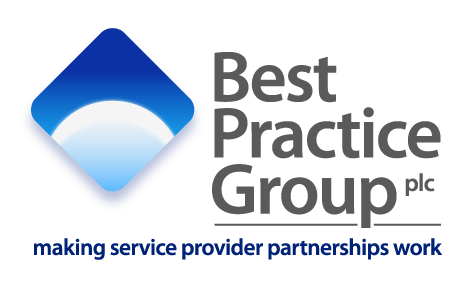 One of my roles is as Deputy Chairman of SOCITM Insight, the local authority IT management think tank.
One of my roles is as Deputy Chairman of SOCITM Insight, the local authority IT management think tank.
SOCITM has just published its annual Better Connected survey. In it, SOCITM complain Councils still don’t embrace the digital route when it comes to engaging with the public or delivering public services.
What is going on? We all know, and have known for years, that movement from face-to-face services to digital delivery has achieved modest progress. But more individuals have more ‘on-line competency’ than ever before.
SOCITM states that “A vast majority of councils (68%) have failed to achieve more than two stars out of the possible four in Better Connected 2011, while only 2% or nine councils have achieved the four stars. They are Brighton & Hove, Bristol City, East Sussex CC, Eden DC, The City of Edinburgh, Lewisham, Richmond upon Thames, Salford City and SurreyHeath BC.
Ratings Drop
The number of four star ratings have dropped from eleven and only two East Sussex County Council and Salford City have retained their four star ratings. The number of three star sites is 131 (30% of the total 433) compared with last year’s 106 (24%). The remainder comprise 187 two star sites (43%), compared with 199 (46%), and 106 one star sites (25%) compared with 116 (27%). London leads the way where 67% of councils have received three or four star ratings while none of the Northern Ireland District councils received any three or four star ratings.
Shire County councils did reasonably well with 44% of them receiving three to four star ratings compared to Scottish Unitaries and metropolitan and shire district councils – 28% of whom have received the top two ratings in this year’s survey.
Better connected 2011 is based largely on analysis of the annual survey of the 433 local authority websites in England, Wales, Scotland and Northern Ireland that has been carried out since 1999. This year, 49 other public sector sites were also assessed, including fire and police services, PTEs, RSLs and a range of other government and third sector bodies. “The web is no longer about technology. It is about delivering lower cost services designed around the user,” said Jos Creese, Socitm President. “Any public service organisation, therefore, which is not fully integrating the potential of web delivery in financial and customer service strategies is likely to be under-performing in both areas.”
Think Customer, Top Tasks, Go Mobile
In order to reduce their dependence on the traditional, more costly-to-serve, channels of phone and face-to-face, Better connected 2011 suggests that councils evaluate their website performance and focus on three interconnected themes – think customer, focus on ‘top tasks’, and go mobile.
- Think customer: managing the website should be seen as a broader part of managing customer access. The web team should be seen as part of customer service, and should see this as its primary goal.
- Focus on top tasks: for website performance to improve, visit failures must be reduced by identifying and managing top tasks on the principle that the more the site is used for any task, the more important it is to make that task quick and easy to use.
- Go mobile: local authorities are not immune from the trend to smart phones and their websites must be able to respond to the demand for web access ‘on the move’. A ‘top tasks’ approach to content presentation plays to this agenda as mobile devices are ideally suited to responding to a person wanting to complete a simple task.
There are some great examples of local authorities that have achieved effectiveness Channel Shift. In fairness, most of these Authorities were very forward looking and have been working on their Channel Shift for a number of years.
Once such excellent example of Channel Shift I saw recently was for Tameside Council. I met with their Deputy Chief Executive, Tim Rainey. He is an exceptionally intelligent chap with a pragmatic view of how their Channel Shift strategy has reduced their costs in some areas from hundreds of pounds per transaction to less than £1.
My suggestion? Call Tim and ask him to explain Tameside’s Channel Shift strategy and how it has made significant improvements in service levels for their citizens, but at the same time, cut their service costs significantly.
![]()

FREE White Paper Download
- How to cut costs quickly from new and existing major projects and outsourcing agreements.
- How to prevent unexpected costs from arising; if they do, who is responsible.
- How to avoid misunderstandings over your expectations.
- How to improve service delivery performance and forge strong relationships.
- How to ensure your own behaviours don’t undermine the contract (a common problem in doubling the costs and timescales of outsourcing agreements).
- How to achieve your benefits realisation, faster.

